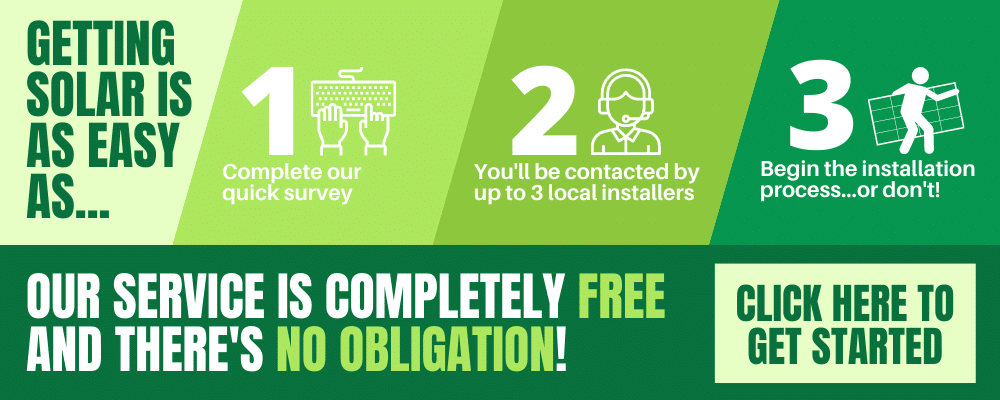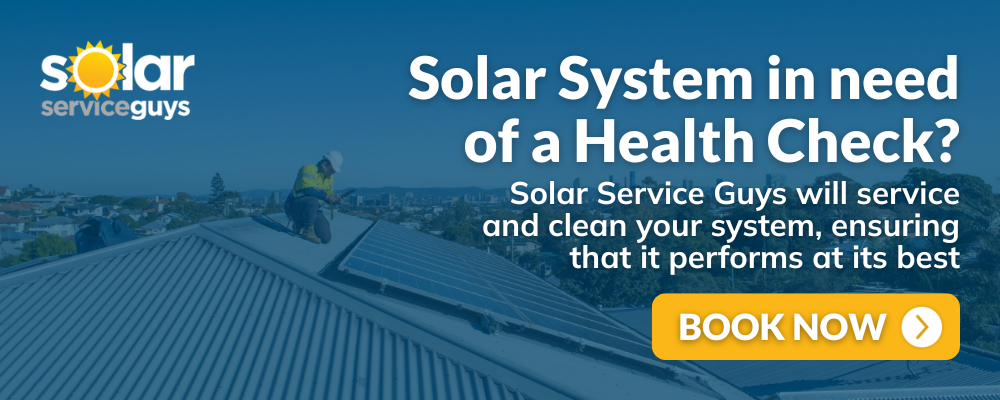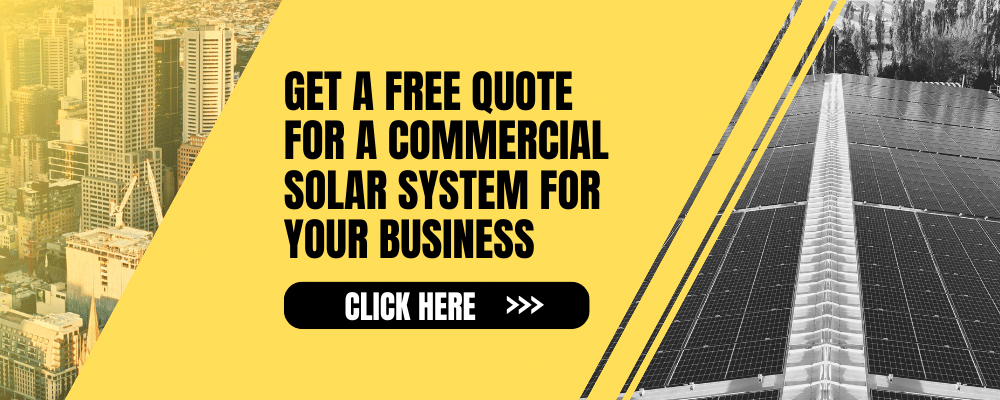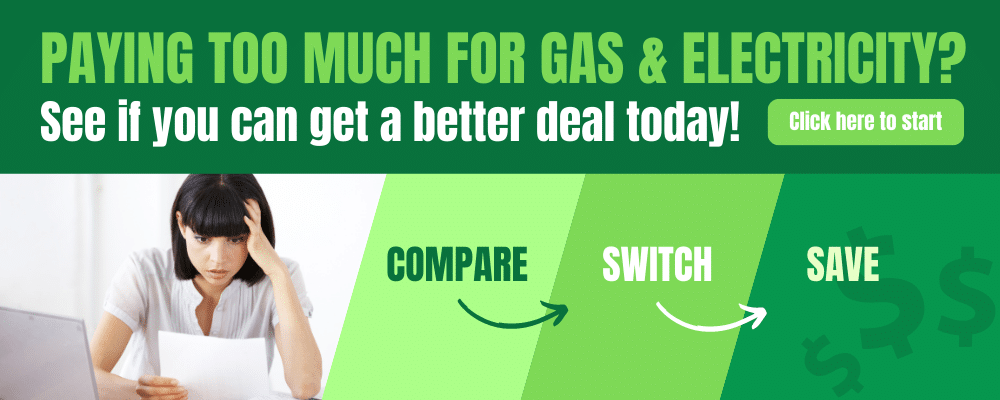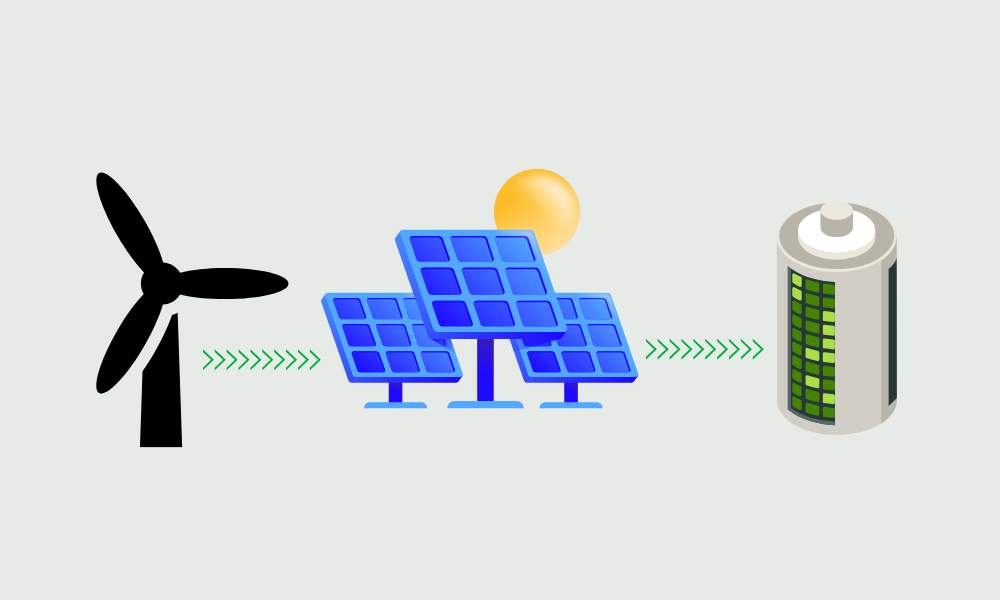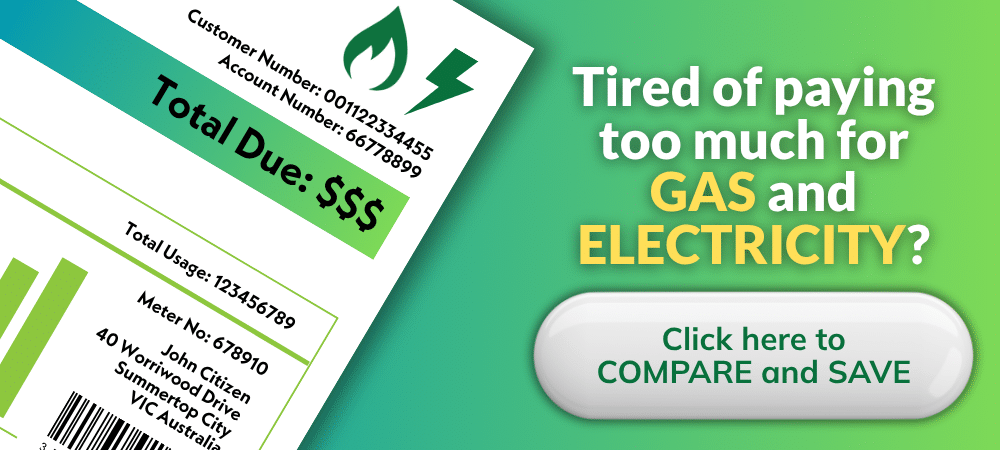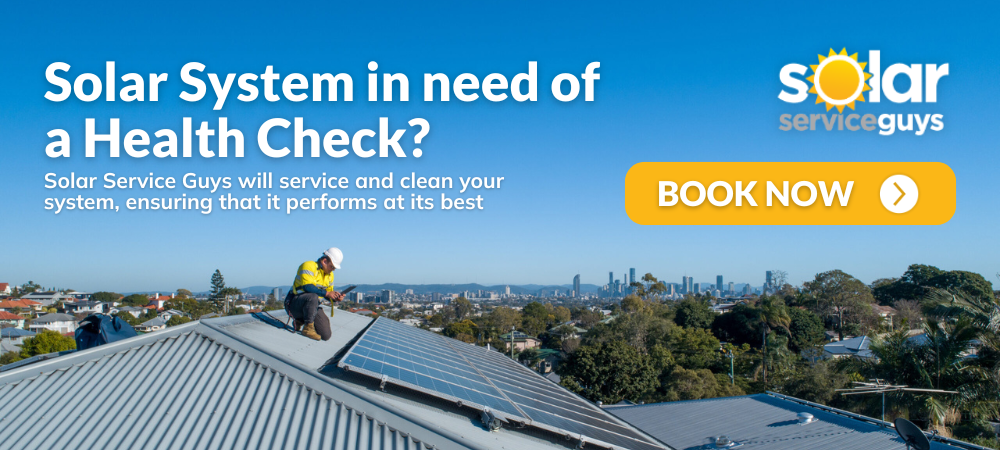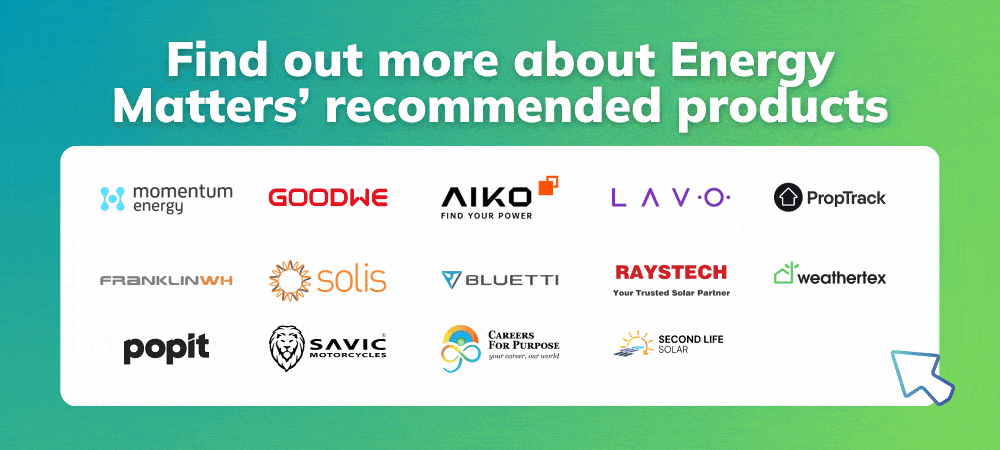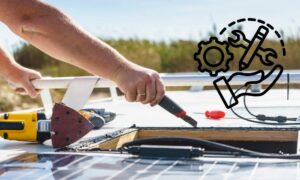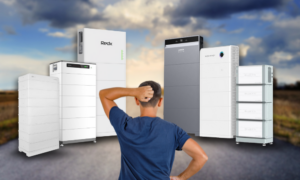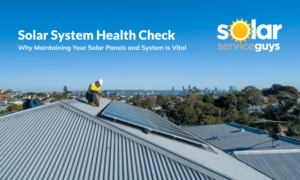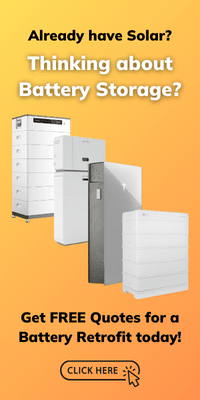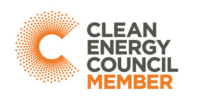For years, solar panels have helped Aussies cut energy bills. But now, with rising power prices, more frequent blackouts, and unpredictable weather, many households are looking for more than just daytime generation. That’s where multi-source hybrid energy systems (solar, wind, and battery storage) are stepping in.
What used to be a complex, costly setup is now becoming a smart, affordable choice for everyday homes. Thanks to government incentives, better tech, and falling battery costs, combining different renewable sources is now possible for anyone who wants more control over their power, more savings, and fewer disruptions.
What is a hybrid energy system?
A hybrid system brings together three parts:
- Solar panels, which power your home during the day
- A battery, which stores excess energy for use at night or during outages
- A small wind turbine, which keeps generating when the sun isn’t shining, often overnight or during cloudy, stormy weather.
Instead of relying on just one source, your system uses whatever’s available. The battery balances it all out. The result: consistent power and more independence from the grid.
Why now?
Until recently, hybrid systems were too complex or too expensive for most homeowners. But that’s changing fast.
1. Government rebates are slashing battery costs
The federal government’s Cheaper Home Batteries Program kicked off in July 2025, offering a 30% discount on home battery systems between 5 and 100 kWh. That means savings of up to $4,000 per household.
Stacked with state incentives, like New South Wales’ (NSW) bonus rebate for joining a Virtual Power Plant (VPP), some homes are seeing total discounts of nearly $5,000.
2. Smart hybrid systems are easier to manage
Modern inverters can now juggle inputs from multiple sources (solar, wind, battery, and the grid) automatically. Add-ons like weather forecasting and load prediction software make sure your system is using the cheapest, cleanest energy at any given time.
This means you don’t need to manually manage anything. Your system decides when to store, when to sell to the grid, and when to pull from it.
3. Battery installations are booming
In just the first three weeks of the Cheaper Batteries Program, over 11,500 Australian households installed batteries. That’s more than 1,000 homes per day, proof that demand is high, and barriers are finally coming down.
As more batteries are installed, costs will keep falling, making them even more accessible.
4. Wind is now a realistic add-on
Small wind turbines are becoming more efficient and easier to install. In coastal or elevated areas, like parts of Tasmania (TAS), Victoria (VIC), and South Australia (SA), wind often peaks when solar drops off. That makes it a perfect complement.
A small turbine can cost $3,000 to $6,000, and it can help keep your battery topped up at night or when the weather turns.
What it costs and what it pays back
- Solar + battery systems start around $12,000-$18,000 after rebates.
- Adding wind brings a full hybrid setup to $18,000-$25,000, depending on size and location
- Payback time: For higher-usage homes or blackout-prone areas, systems can pay for themselves in 3 to 7 years.
You’ll save on bills, stay powered during outages, and avoid peak-time charges. And as electricity prices rise, your savings grow.
Who benefits the most?
Hybrid systems make the most sense for:
- Households in areas with frequent outages
- Properties in windy coastal or elevated regions
- Homes with high night-time usage (e.g., EV charging, large families)
- People wanting reliable backup power during storms or bushfires
- Households fed up with shrinking feed-in tariffs (FiTs) and rising energy rates
You don’t have to go off-grid to benefit. Even homes in the suburbs are now using hybrid systems to reduce bills and increase resilience.
What’s coming next
Over the next five years, hybrid systems are expected to become mainstream. Here’s what we’ll see:
- 1 million homes with battery storage by 2030
- More smart inverters that manage hybrid inputs with zero effort from the homeowner
- VPPs allowing households to earn income by feeding power back into the grid
- Localised community batteries supporting neighbourhoods
- Prices falling another 10-20%, making hybrid setups as common as rooftop solar
The government is also backing it. From the Clean Energy Finance Corporation to Renewable Energy Zones (REZs, large-scale support is flowing into infrastructure that makes hybrid systems easier to install and connect.
For years, the advice was: start with solar, then add a battery. But the smarter path now is to build a system that adapts. One that works in any weather. One that gives you power when the grid doesn’t. One that pays you back faster than ever. That’s what hybrid energy systems offer. And for the first time, they’re no longer out of reach; they’re the next logical step.
Ready to explore a hybrid system for your home?
Energy Matters has been helping Australians take control of their energy since 2005, guiding more than 40,000 households on their way to energy independence.
Complete our quick Solar Quote Quiz to receive up to 3 FREE solar quotes from trusted local installers – it’ll only take you a few minutes and is completely obligation-free.








